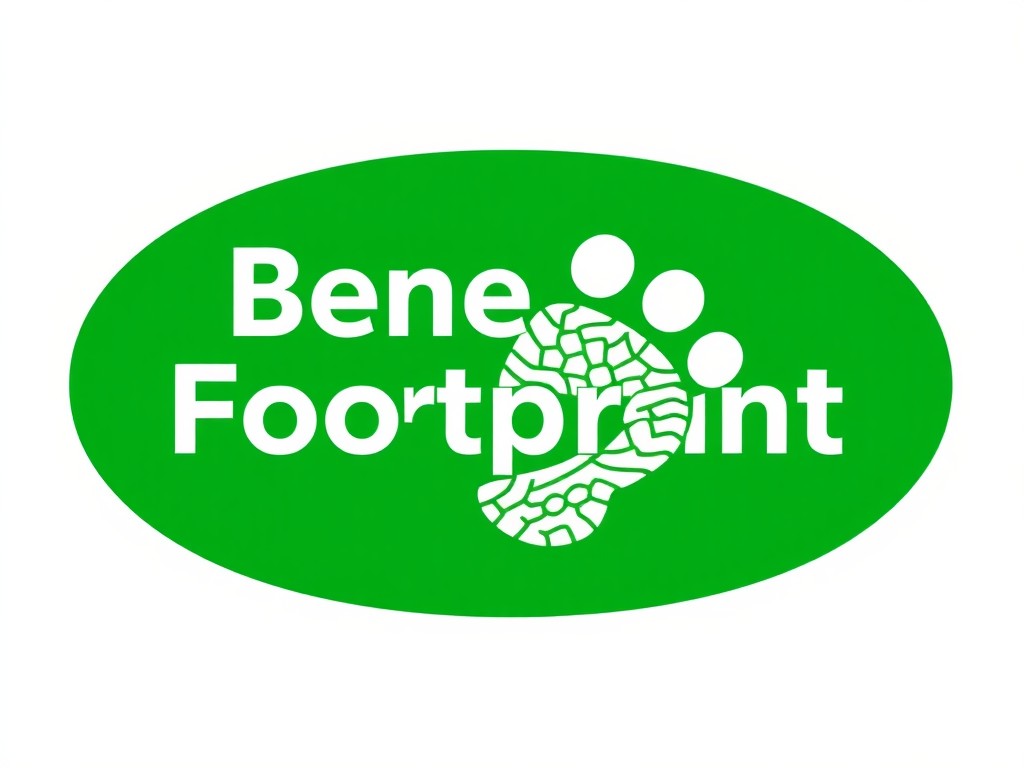Vocalcom call center software transforms customer engagement by combining AI-driven automation with seamless CRM integration. Its intuitive tools streamline call routing and workforce management, reducing wait times and boosting agent efficiency. Companies gain real-time insights and flexible deployment options, enabling personalized support that adapts to evolving customer needs without heavy IT involvement. This enhances satisfaction and loyalty across all communication channels.
Essential Features and Market Overview of Leading Call Center Software
Among today’s market leaders, Call Center Software solutions distinguish themselves through robust core functionalities such as AI-driven call routing, intelligent inbound/outbound communication, and customizable IVR frameworks. This page explains it in detail: Call Center Software. Businesses seeking modern call center management tools prioritize seamless deployment, intuitive user interfaces, and rapid integration with existing CRMs and communication platforms.
This might interest you : Essential Data Privacy Techniques for UK SMEs in International Deals: Strategic Guide for Robust Protection
Leading systems—like Vocalcom, Zendesk, Aircall, and CloudTalk—combine cloud-based contact solutions with on-premise flexibility, supporting both remote and hybrid workforces. They offer built-in security protocols, including advanced encryption and granular data access controls, to ensure enterprise-grade protection for customer interactions.
AI-powered automation now handles real-time call monitoring, automatic call distribution, and detailed analytics to optimize performance and agent workload. Customizable IVR menus and omnichannel workspaces (SMS, email, chat) deliver efficient, tailored experiences for customers and agents alike.
This might interest you : 10 Innovative Strategies to Boost Visitor Engagement in UK Museums: Uncover New Growth Opportunities
Integration remains central, with tools syncing data across sales and support channels, streamlining workflow and reducing manual after-call tasks. Scalability and user-friendly deployment empower small businesses and enterprises to adapt quickly as requirements evolve, making these platforms adaptable foundations for high-performing customer service environments.
How Call Center Software Drives Customer Experience and Business Efficiency
Automatic call distribution is foundational for call center management tools, intelligently routing customer queries to the most qualified agents. This dramatically impacts inbound call handling systems by minimizing wait times and reducing operational costs. AI-driven call assistance and interactive voice response systems (IVR) power self-service, allowing customers to resolve simple issues instantly—freeing agents for complex interactions and further refining customer service automation.
AI voice analytics enable real-time call monitoring and performance reporting dashboards, ensuring managers can access actionable data. Quality assurance tools leverage these analytics to assess conversations for tone, solution accuracy, and compliance. This supports rapid agent productivity optimization and helps flag training gaps proactively. Moreover, automatic call distribution and call recording and analytics are crucial for aligning workforce scheduling software and telephony integration services to actual customer demand, promoting efficient resource allocation.
Multi-channel communication platforms and omnichannel customer support empower seamless customer interaction tracking across SMS, webchat, phone, and email. Integrated agent interfaces consolidate customer journey mapping and enable automatic call logging for a smooth workflow. Enhanced real-time feedback mechanisms in call center management tools bolster agent satisfaction and management oversight, directly connecting performance to customer satisfaction metrics. These innovations support cloud-based contact solutions and remote agent support, maximizing overall call center software scalability and user experience.
Integration, Deployment, and Customization in Modern Contact Centers
CRM and Business App Integration for Contextually Relevant Conversations
Robust CRM integration capabilities underpin seamless context gathering and real-time insights during calls. Leading platforms focus on providing telephony integration services that automatically sync contact details, call logs, and case history with widely used business applications. Agents are thus equipped with customer context immediately, reducing call handling times and enabling more tailored support. Integrating call center management tools and customer interaction tracking systems ensures that every conversation is informed, efficient, and actionable.
Cloud vs On-Premise Deployment Options: Security, Scalability, and Cost-Effectiveness
Deployment options for contact software now typically encompass both cloud-based contact solutions and on-premise installation. Cloud security in contact centers is strengthened by advanced encryption, data masking, and user-defined access logs. Businesses opting for cloud solutions benefit from elastic scalability and reduced physical infrastructure, making remote agent support far more accessible. Those requiring greater control may choose on-premise for customized security protocols. Both approaches offer real-time call monitoring, ensuring sensitive information is protected and customer satisfaction remains high.
Customization and Workflow Automation: Tailoring IVR, Routing, and Agent Tools
Customizable call workflows and IVR customization options are central to optimizing customer journeys. Intuitive drag-and-drop builders let managers create adaptive routing strategies and automated self-service menus without IT dependencies. Workforce scheduling software powered by AI forecasts dynamically, aligning staff resources with anticipated demand. These features drive operational efficiency, reinforce quality assurance, and empower remote teams to deliver consistent, high-value service regardless of location.
Evaluating Value: User Experiences, Security, and Pricing Models
User testimonials and real-world case studies highlighting business gains and agent satisfaction
Call center software reviews consistently highlight measurable improvements in agent productivity and customer satisfaction metrics. Businesses adopting modern solutions report reduced wait times, higher first-call resolution rates, and enhanced agent engagement. Agent satisfaction and retention strategies such as robust onboarding, real-time call monitoring, and integrated quality assurance tools help organizations retain top talent while supporting employee well-being. Customer satisfaction metrics improve when platforms provide unified call center management tools, omnichannel customer support, and features like automatic call distribution and customizable call workflows.
Security standards, compliance, and data protection features across platforms
Data privacy compliance is now a baseline expectation thanks to strict regulatory environments. Leading platforms enforce advanced call center security protocols through end-to-end encryption, access controls, detailed audit trails, and AI-driven redaction. Open source call center software and cloud-based solutions often support customizable retention and disaster recovery plans to address business needs and regional compliance requirements.
Transparent pricing, cost-benefit analysis, and factors for choosing the best software for specific business sizes
Call center software pricing models vary, offering subscription-based SaaS, usage tiers, and some open source call center software alternatives. Cost-benefit considerations include the scalability of cloud-based contact solutions, reduced maintenance with SaaS platforms, and integration capabilities with existing workforce scheduling software. Service level agreement tracking ensures transparency and ongoing value, regardless of business size.











